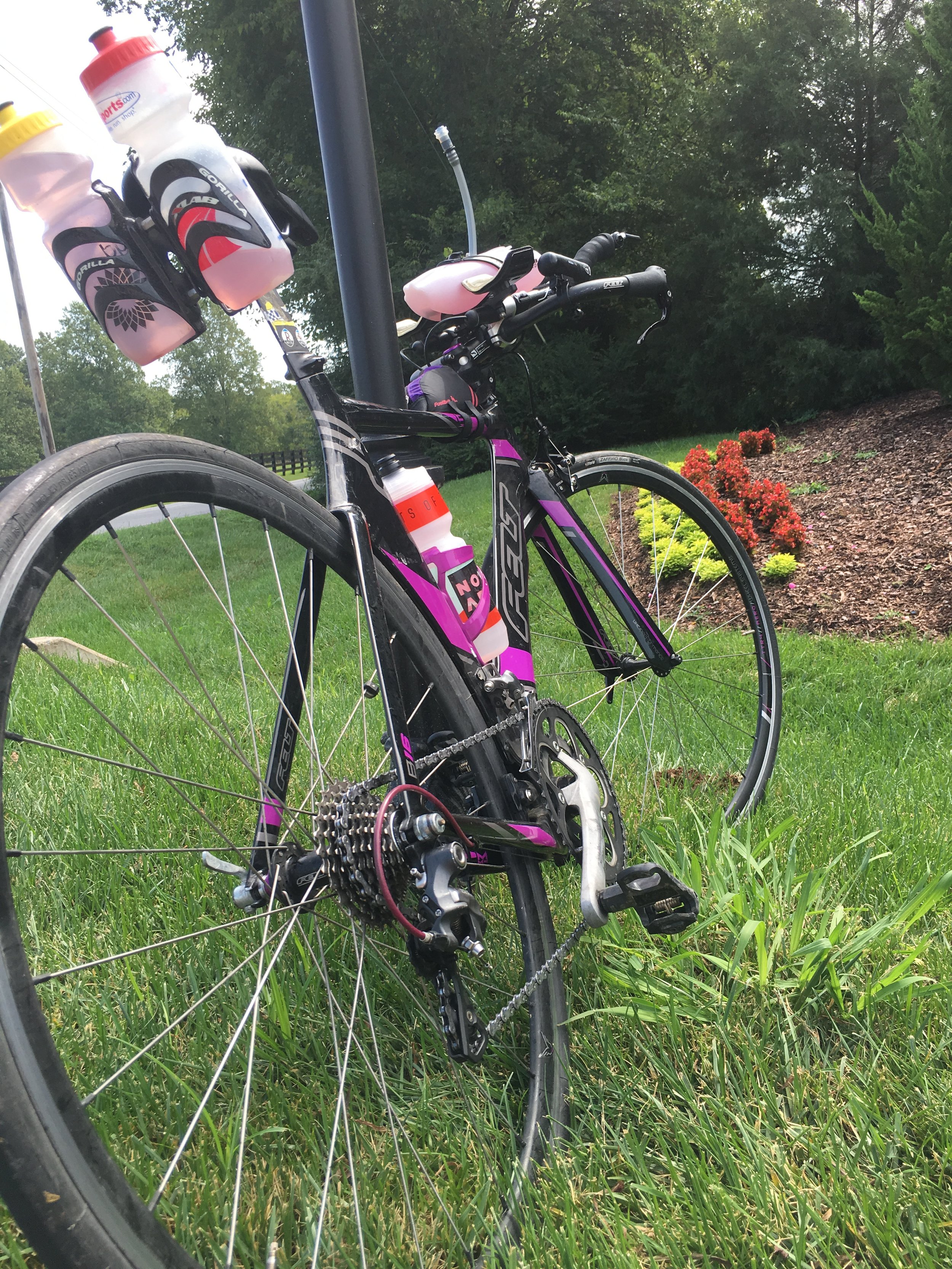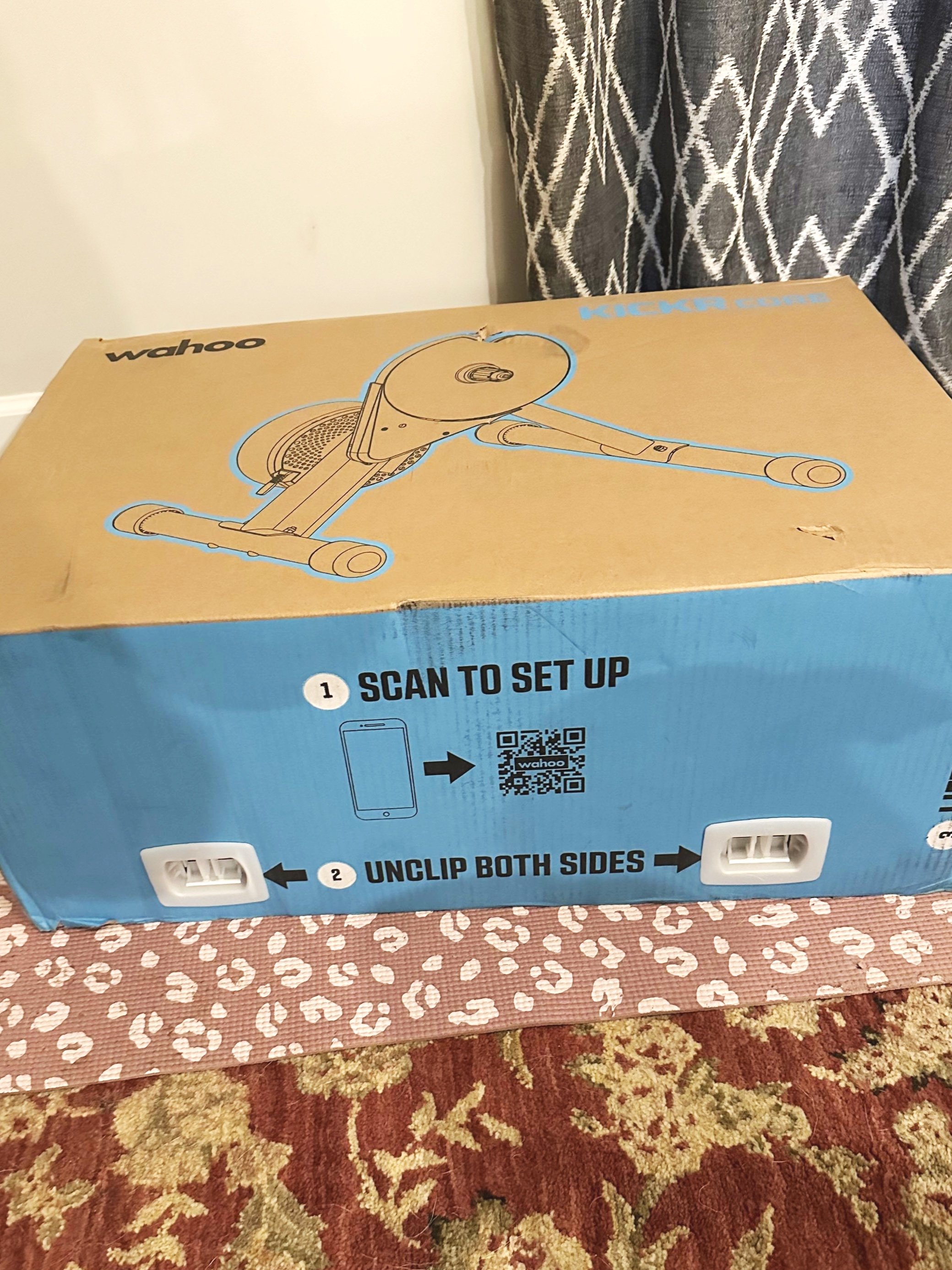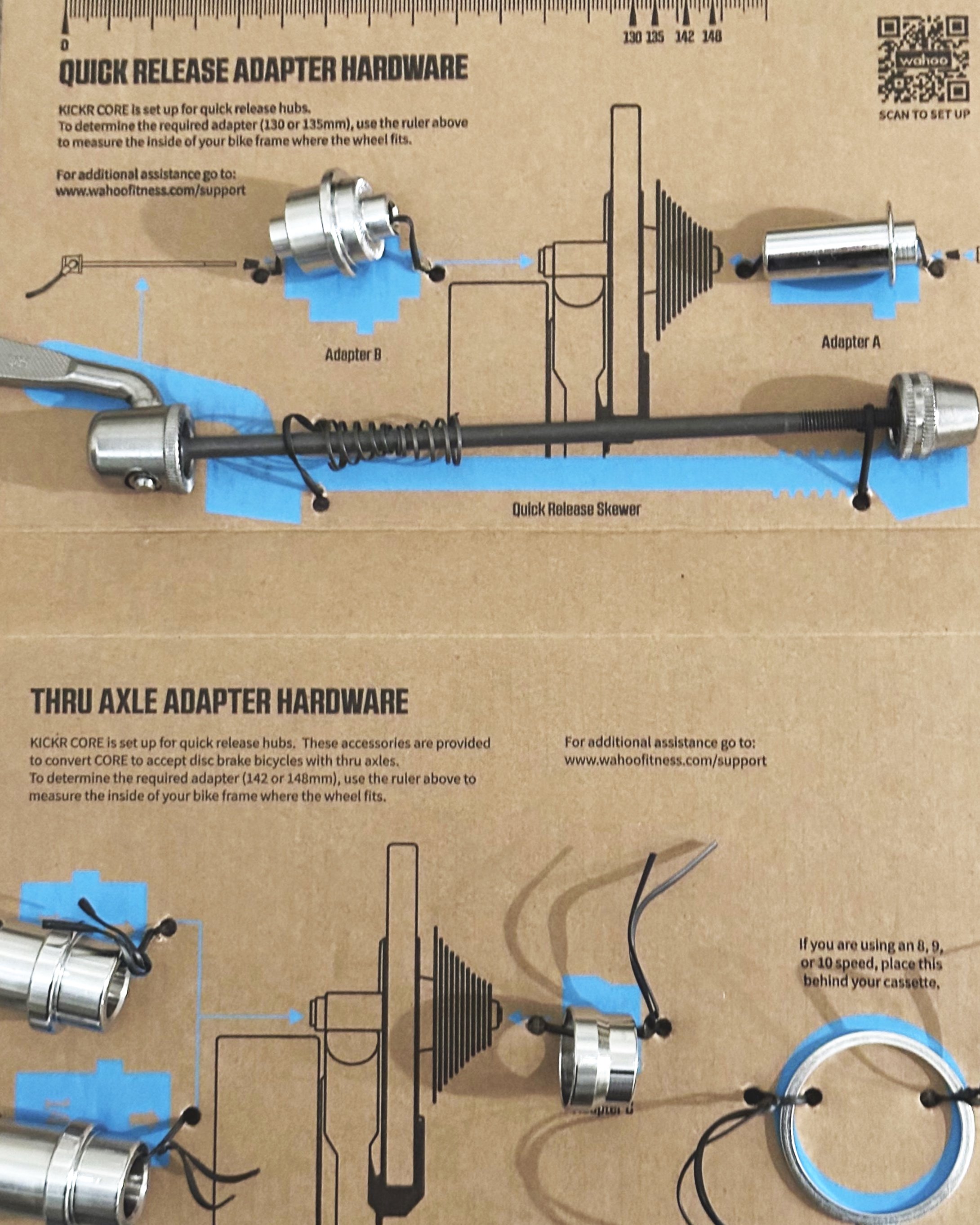In an effort to spend more time writing and less time scrolling through social media. I am going to try to post a Tri 101 blog post every week for the month of January, and then hopefully monthly for the rest of the year.
Admittedly, I am not the greatest cyclist around. I rode my bike as kid to and from the pool and friends’ houses in my neighborhood, but that was all on a Walmart mountain bike in a climbing gear a lot, because I was a kid, so I didn’t know what I was doing. It was good for me. I think it is good for kids to go out and be active like that. It also meant I at least knew how to ride a bike. I did struggle a little when first getting back on a bike at nineteen, especially with the seat height required, when I previously had my seat too low.
Before working on any skills on your bike make sure you have a good bike fit. Some shops offer fit services, but you can also pay for a professional fit. In Nashville, I know of two people who offer bike fitting, and if you have more than one bike you can sometimes get a discount on getting multiple done at the same time. Also, maintain a good relationship with your local bike shop, because they can be a lot of help in the future.
Basic Cycling and Pedal Stroke: A good bike fit will have you set up so you can keep your foot flat throughout the pedal stroke and you can apply even pressure across your whole foot during the pedal stroke. I suggest starting out practicing like a kid, which means starting in your neighborhood or somewhere with little traffic so you can make sure you are comfortable with your bike. When I first started riding at nineteen, I felt like it was a whole new thing and not just like riding a bike. I also recommend getting comfortable with stopping. When I first started riding, I would stop while still on my saddle, which meant I was leaning to one side, and my foot was barely on the ground. You should aim to learn to stand and get off the saddle when stopping, so you will be more stable when stopped and less likely to fall or struggle getting started again like I have. As you get more comfortable, parking lots and neighborhoods are also great places to get more comfortable with more advanced skills I still do not have.
Turning: There are two turns you will encounter the most, and then the one I hate because it can be a surprise. A 90 degree turn, a 180 degree turn, or a hairpin turn. The 90 is the easier of the two. Before considering trying to take speed through your turn, focus on learning to slow down, and keep your outside foot at the bottom of your stroke as you coast through the turn, keeping your weight on the outside of the bike. Having the weight on your outside foot helps with keeping balance, and having your inside foot up keeps it from scraping the ground. I have only encountered one hairpin turn, and I have done it many times. The first time I almost crashed, because it was my first time on the Ironman 70.3 Augusta race course, but the next times I rode it I was much more comfortable with it, although I am cautious and probably frustrated people behind me. The 180 is one I have encountered a few times, like 2013 USAT Collegiate Nationals, where there were two on the course. I practically came to a stop going around the cone on one because it was a single lane on the road with bikes going both ways. I can now more confidently do one, and I have had to in a time trial. Practice these so on race day if there is one it is no problem.
Shifting: I spent a lot of time in my granny gear (easiest on the whole bike) when I first started riding, and it took me a while to get comfortable in my big ring on my bike rides. Getting to know your big ring (front biggest gear) is one of the most important things, because once your comfortable in it on flats, you will get stronger on hills too.
Basics:
Left is front gears (usually 2, sometimes I’ve seen 3 on some Canondales) Right is rear
Flats: Big gear in the front, smaller gear in the back. You know your back gear is too big if you are hearing your chain, and this can break it.
Hills: Small in the front, big in the back. You know your back gear is too small if you are hearing your chain.
Some rollers can be handled in your big gear, but you need to anticipate if you are going to be in your small front gear for it.
I know I am in the wrong gear when I am feeling like my heart rate is crazy high and my legs and moving really fast. I shift into a harder gear when this happens. I rarely have the problem of being in too difficult of a gear, but some people do, and it will make their knees hurt or their quads are becoming sore. Shift in the back first then the front.
For hills the best approach is to try to keep your cadence up by shifting into an easier gear. This way, when you reach the top of the hill, you can shift into a harder gear more quickly and won’t be stuck coasting from tired legs at the top. Now, if you are trying to build power for hills, that is when it is ok to overgear some, which I am doing a lot lately. The trainer is also good for building power.
Drinking Water/Electrolytes: First, you need to do this. Second, unless you have an aero bottle and are on a tri bike, you have to take a hand off the bike. I learned this out of necessity, and before that I literally had to stop to drink water. You are also going to need this skill for longer races/rides when you are going to need some nutrition on the bike. I still have to slow way down to do it, if that tells you how difficult it was for me to learn, but by slowing down I know I can keep my balance. I highly recommend practicing taking bottles from different cages on your bike if you have more than one. Generally, on my road bike I keep my primary drink on the cage on my down tube, and a secondary on the seat tube, but on my trip bike I usually have an aero bottle and rear cages as well, so I had to learn to refill bottles too. It is always best to do this before race day.
If you are just starting out, take some time and learn these things, and it will hopefully pay off by helping you improve at a much faster rate than I did where I was just figuring things out in my own time.











